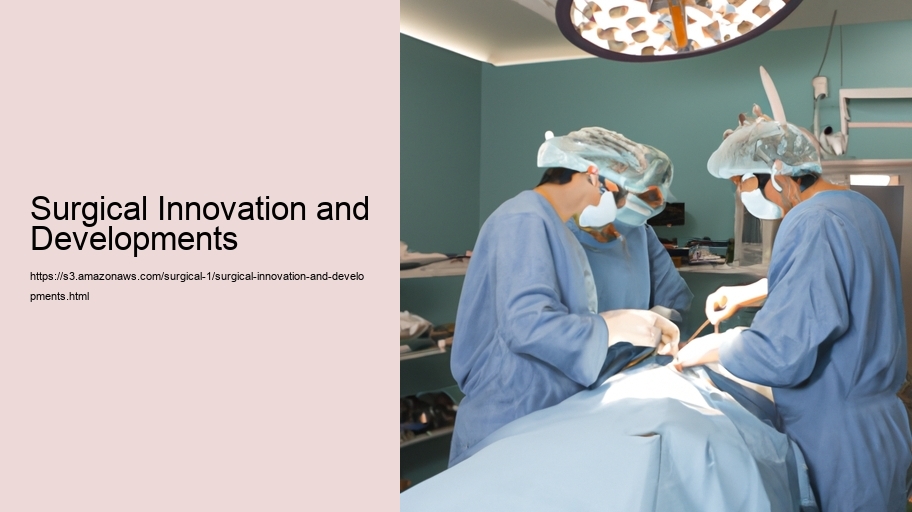Surgical Innovation and Developments: An Essay
The landscape of surgery has experienced a remarkable transformation over the years, driven by a constant pursuit of improving patient outcomes, reducing recovery times, and minimizing the invasiveness of procedures. Surgical innovation and developments are at the heart of this transformation, reflecting an amalgamation of technological advancements, procedural refinements, and a deepened understanding of human biology.
The history of surgery is a testament to human ingenuity and determination. From the rudimentary techniques of ancient times to the sophisticated procedures of the modern era, the evolution of surgery is a story of continuous improvement. In the past, the surgeon's skill was the primary determinant of a procedure's success. Today, however, we stand on the shoulders of countless innovators who have expanded the surgeon's toolkit to include cutting-edge technologies and devices.
One of the most significant developments in recent surgical history is the advent of minimally invasive surgery (MIS). Unlike traditional open surgery, MIS uses small incisions, specialized instruments, and advanced imaging techniques to perform operations with a level of precision that was once unimaginable. Laparoscopic surgery, for example, allows surgeons to operate through tiny incisions using a camera and long, slender instruments. This approach has revolutionized many fields, including gallbladder removal, hernia repair, and gynecological procedures, dramatically reducing pain, scarring, and recovery times.
The development of robotic surgery represents a further leap in the capability of MIS. Robotic systems such as the da Vinci Surgical System enable surgeons to perform complex procedures with greater accuracy, flexibility, and control than is possible with traditional techniques. The robot's precision and steadiness allow for delicate tissue manipulation, while providing the surgeon with a magnified, 3D view of the surgical site. As a result, patients benefit from even less trauma to the body and a quicker return to normal activities.
Another area of rapid advancement is in the field of surgical materials and tissue engineering. Innovations such as biocompatible implants and prosthetics, which integrate seamlessly with the human body, are improving the quality of life for millions of patients. Moreover, the burgeoning field of regenerative medicine, which includes the development of lab-grown organs and tissues, holds the promise of reducing the dependency on organ transplants and the associated risks of rejection.
In addition to these technological advancements, there is an increasing emphasis on evidence-based practice in surgery. This approach involves the critical evaluation of the latest research and clinical data to inform surgical decisions and techniques. By embracing evidence-based practices, the surgical community ensures that innovations are not only cutting-edge but also scientifically validated and aligned with the best possible patient outcomes.
Furthermore, the integration of digital health technologies, such as telemedicine and artificial intelligence (AI), into the surgical domain is poised to revolutionize preoperative and postoperative care. Telemedicine allows for remote consultations and follow-ups, making surgical care more accessible, especially in underserved regions. AI and machine learning algorithms are increasingly being used to predict surgical risks, assist in diagnosis, and even aid in real-time decision-making during operations.
As we look to the future, the pace of surgical innovation shows no signs of slowing down. Advances in genomics and personalized medicine are expected to usher in a new era of customized surgical interventions, where treatments are tailored to the individual genetic makeup of the patient. The convergence of various scientific disciplines, such as nanotechnology and photonics, with surgery promises to unlock new frontainties and capabilities.
In conclusion, the field of surgical innovation and developments is a dynamic and ever-evolving one, marked by remarkable achievements that have redefined what is possible in medicine. As we continue to push the boundaries of science and technology, the ultimate benefactors are the patients who receive safer, more effective, and less invasive surgical care. The dedication of the surgical community to innovation ensures that surgery will remain at the forefront of medical advances, continually enhancing the human condition.
